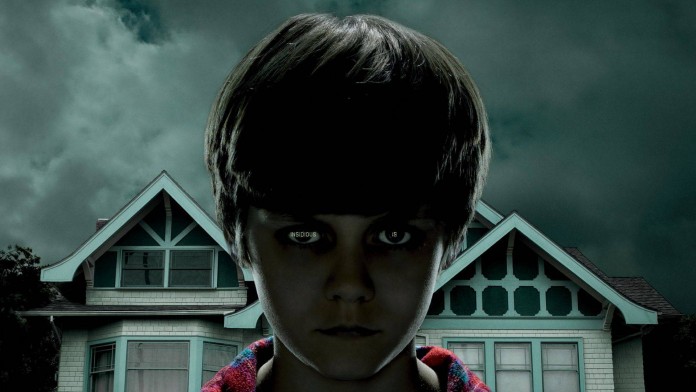So over these past few weeks I’ve been really getting my fill of horror movies. I’ve reached back to as far as the original installments of “Amityville Horror,” and “Nightmare on Elm Street.” I also took a look at more recent releases, but most of them were of no interest to me. While I was in the process of viewing all of these films, there was one thing that stood out to me that I thought was incredibly interesting: A horror movie is only as terrifying as its use of music.
A bold statement, yes, but allow me to explain myself. I’m well aware that there are several requirements in order to create a quality horror film: avoid gimmicks, keep the plot interesting, avoid predictability, etc. However, there’s one key element that can really separate what makes a horror movie terrifying or just plain stupid, and that’s the delivery of music in the movie. Think about it: the whole atmosphere of a horror movie is meant to be ominous and twisted, so you obviously will be hearing the usual high stringed instruments or awkward synth notes. However, the real separation of horror movie quality is how these tracks are delivered to you, or how said movie could take the usual use of this music and make an interesting symbol for the movie.
An ideal example that I often use is the film “Insidious.” While the current horror movie scene has been severely lacking in terms of quality, “Insidious” certainly hasn’t disappointed me. It’s one of the few horror films released in the last 5 years that’s been incredibly well received without the total overdraw of certain horror aspects, like jump scares and escalation. It’s also been praised for it’s use of music in certain scenes of the film. For example, while most films take the slow approach in delivering the scare, “Insidious” presents it right away-displaying the ever so frightening title screen with the wonderful accompaniment of the piercingly high tone from stringed instruments. This moment occurs right after the first shocking moment of the film, and indirectly describes the rest of the movie: a twisted series of supernatural happenings. The movie also plays around with the meaning of the song, “Tip Toe Through the Tulips,” by Tiny Tim. A song that it is meant to be cute and innocent plays a completely different role in this film. The song first appears in the scene where the mother sees the figure of a child dancing to the song in the living room. She then follows it to her son Dalton’s room, where she eventually is shocked by the child who hides in Dalton’s closet. This song certainly assists in bringing out the eerie tone of this film for many reasons. First, a song so peaceful and tranquil is taken and thrown into a new horror element, and actually fits the mold perfectly. Secondly, Tiny Tim’s vocals, while pleasantly odd, are quite unsettling to the average listener. Putting his music in a horror movie that keeps the viewer on edge will only increase the ambiguity they’re already feeling. Third, the song’s innocent meaning correlates to the story quite well. The movie is based around the son’s ability to travel beyond his body and how he is lead away from the real world. The song inadvertently symbolizes the son being taken away by the demons that are looking to posses him, making the use of the song in the movie that much more twisted.
These two examples of the music used in “Insidious” are just a few of the uses of music in this film, but I felt that they really show off the point I’m making. It is a movie that takes certain musical features and tastefully throws them into the mix to heighten the intensity of the film being displayed. It is this standard of filmmaking that creates the dividing line between a good horror movie, and a cheesy gimmick.
I hope you enjoyed the read, and be sure to tune in for next week’s article. Smell ya later!
